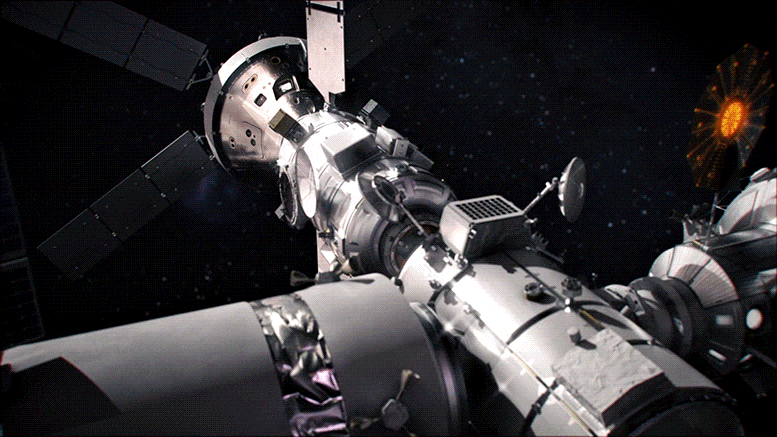
An update on NASA’s Artemis I Moon mission …
The right moves for a small satellite mission …
And a bright idea to search for water ice on the Moon … a few of the stories to tell you about – This Week at NASA!
Artemis I Moon Mission Still Targeting November Launch
NASA is still targeting November 14 for the launch of the Space Launch System rocket and Orion spacecraft on Artemis I. The uncrewed flight test will send Orion beyond the Moon and back to Earth.
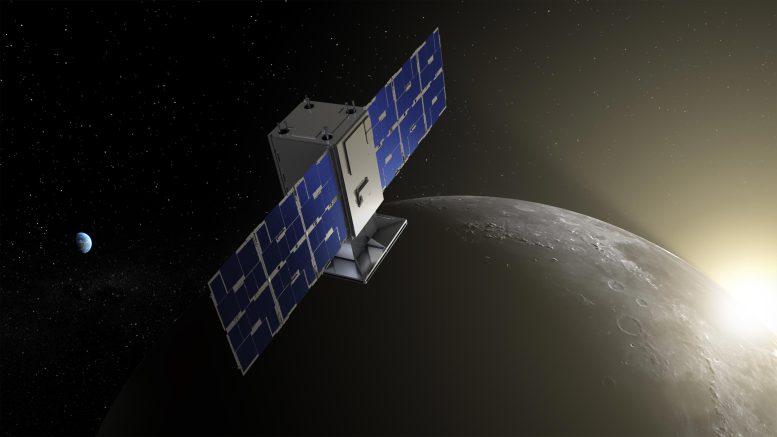
CAPSTONE revealed in lunar Sunrise: CAPSTONE will fly in cislunar space – the orbital space near and around the Moon. The mission will demonstrate an innovative spacecraft-to-spacecraft navigation solution at the Moon from a near rectilinear halo orbit slated for Artemis’ Gateway. Credit: Illustration by NASA/Daniel Rutter
CAPSTONE Completes Successful Maneuver
After a successful trajectory correction maneuver, the CAPSTONE spacecraft is still expected to arrive in lunar orbit on November 13. CAPSTONE will test the same unique, elliptical lunar orbit that the Gateway lunar outpost will use as part of NASA’s Artemis program.
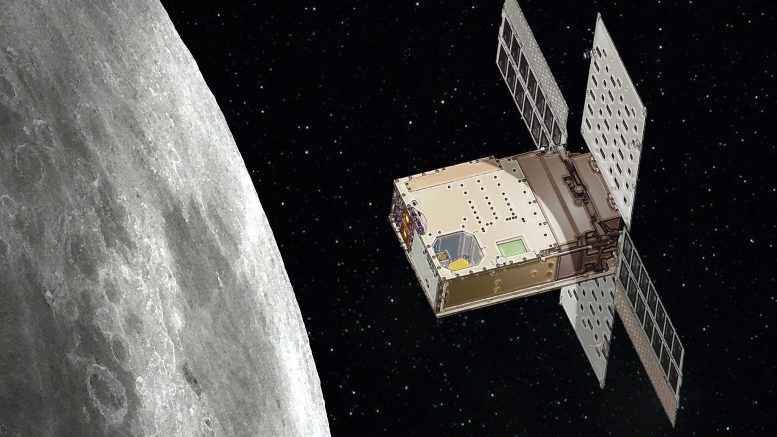
This illustration shows NASA’s Lunar Flashlight over the Moon. The SmallSat mission will have a very elongated orbit, taking it within 9 miles (15 kilometers) above the lunar South Pole to search for water ice in the Moon’s darkest craters. Credit: NASA
Searching the Moon’s South Pole Craters for Water Ice
NASA’s Lunar Flashlight is a small satellite that will use lasers to search for water ice inside the darkest craters at the Moon’s South Pole. Water ice could provide a valuable resource for astronauts on future Moon missions. Lunar Flashlight is targeted for launch in November.
This visualization simulates the lighting at the South Pole of the Moon in the year 2023. The field of view encompasses the area south of 88° south latitude. Credit: NASA’s Scientific Visualization Studio
Illumination at the Moon’s South Pole
This NASA visualization simulates the lighting at the South Pole of the Moon for all of 2023 and gives you an idea of what some of the craters will look like from above. Data from NASA’s Lunar Reconnaissance Orbiter were used to create this visualization.
That’s what’s up this week @NASA …

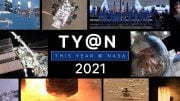
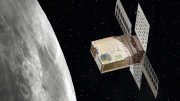
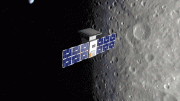

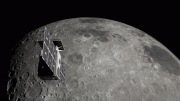
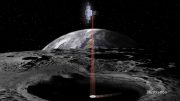
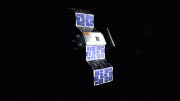
Be the first to comment on "This Week @NASA: Artemis I Moon Mission Update, Lunar Flashlight, CAPSTONE Success"